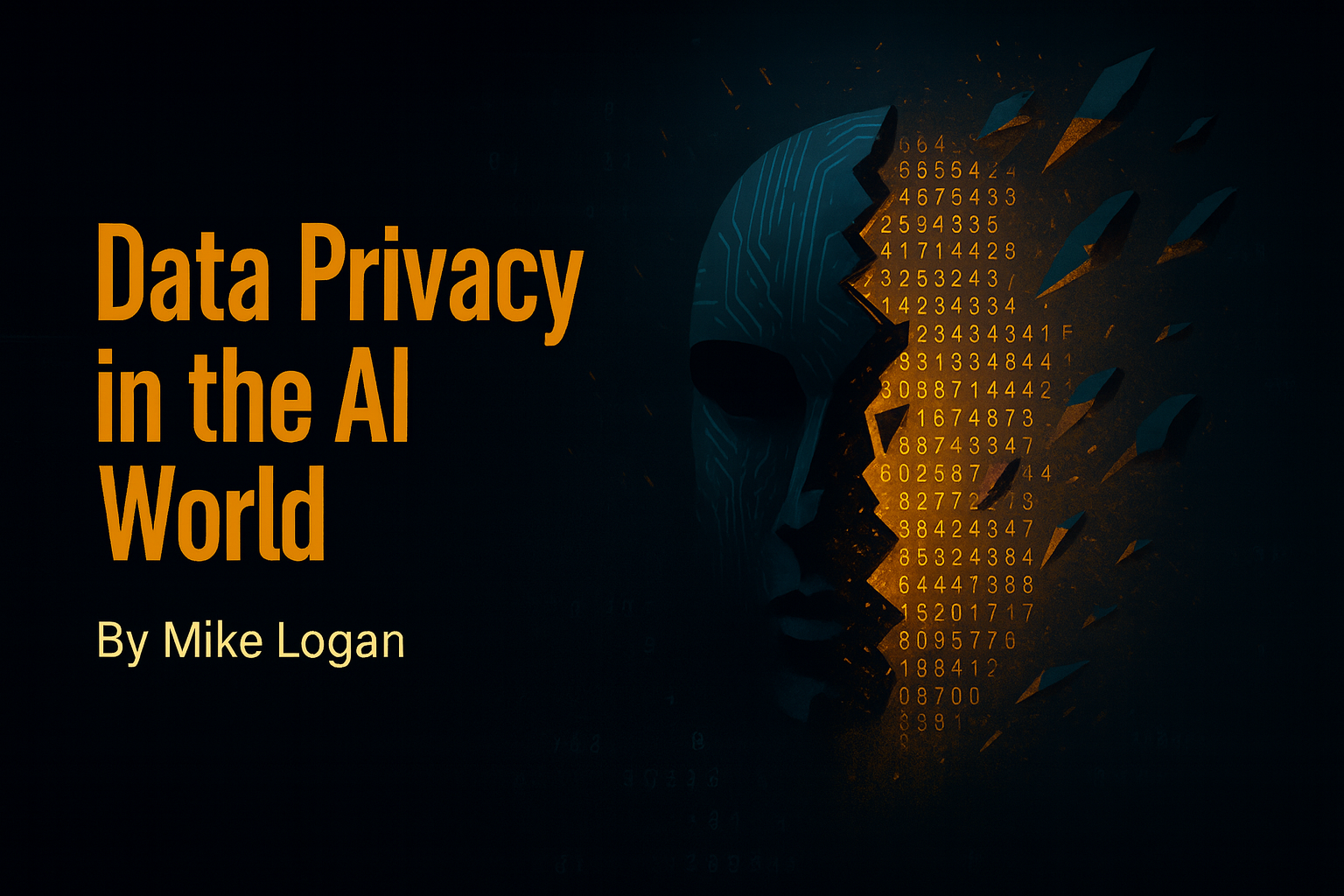Why Data Masking Isn’t Enough for AI Pipelines
Data masking looks good on a checklist. It satisfies the “something was done” mentality. But in today’s AI pipelines, masking isn’t real protection. If we want smarter data privacy, we have to assume someone—whether it’s a motivated insider, a researcher, or even an AI model itself—can stitch the pieces back together.
I was recently interviewed for a Techopedia article about the M&S hack. The official line was that “no payment data was stolen.” But here’s the problem: attackers don’t need credit cards to hurt you. Customer records, account details, system notes, those can be just as damaging. The same logic applies to AI. Mask a dataset all you want, but if context and linkages remain, inference risk will find a way to expose what you thought was hidden.
I’ve seen how quickly weak masking falls apart. Correlating timestamps, receipt numbers, or IDs against public breadcrumbs is often enough to reverse so-called “protected” data. That was before AI was widely available to spot patterns at scale. If you’re relying on masking alone to safeguard PII in financial services or PHI in healthcare AI systems, you’re betting against math—and you’ll lose.
Smarter data privacy means building resilience, not illusions:
- Irreversibility first. Shuffling or reversible tokenization doesn’t cut it. Strong tokenization and encryption are the baseline.
- Context matters. Semantic data discovery and governance for AI pipelines must surface subtle identifiers—timestamps, IDs, system codes—that attackers love to exploit.
- Proof over promises. Continuous testing and AI audit and monitoring should be part of release cycles. If you can’t demonstrate compliance, you don’t have it.
This is where regulation is heading—the EU AI Act will force organizations to prove they can prevent PII leakage in AI model training. Customers are already demanding it. They don’t want promises; they want evidence.
In our new podcast, Privacy by Design: The AI Podcast, George Barroso, Kris Glover and I talk about the importance of taking the appropriate first step in AI development. I invite you to listen and connect with us to talk about your own AI development and the ways in which you can put data privacy at the front of your development.
AI development is moving at full speed, but privacy can’t be bolted on later. The good news is with the right tools smarter privacy makes it possible to innovate quickly without handing adversaries an easy hack.
Masking might tick a box. Smarter privacy earns trust.

